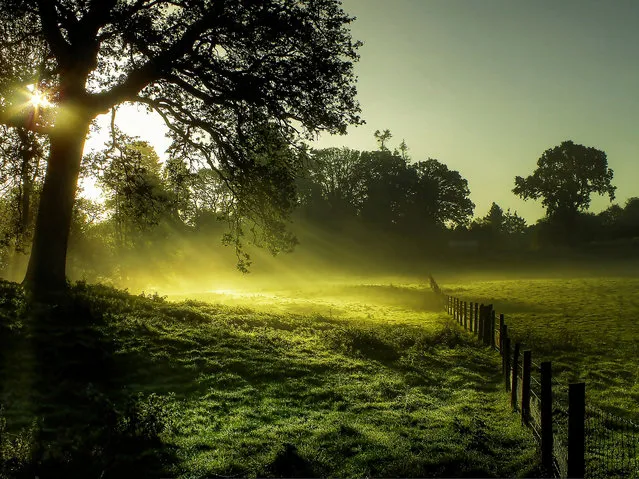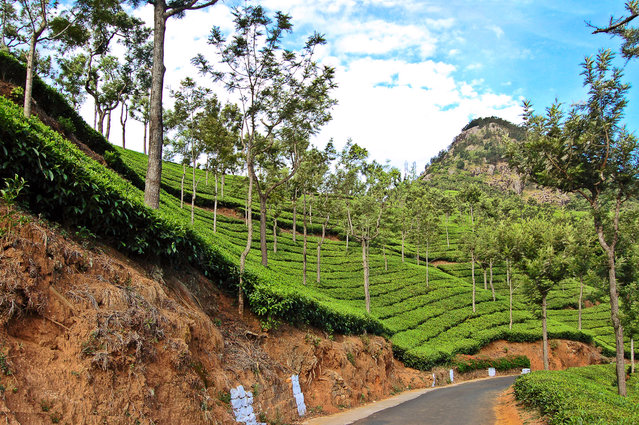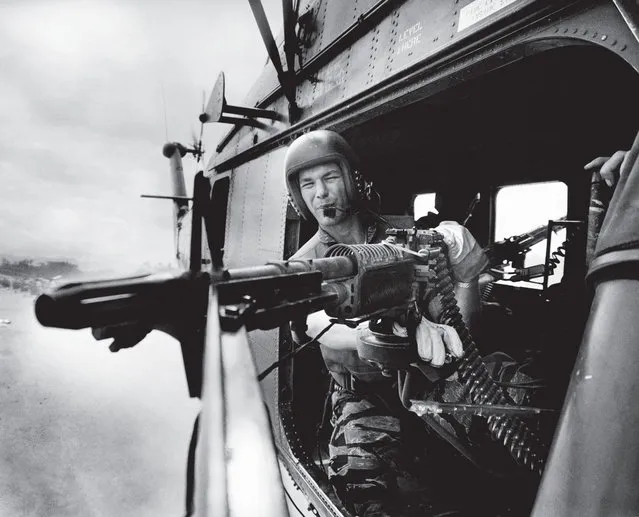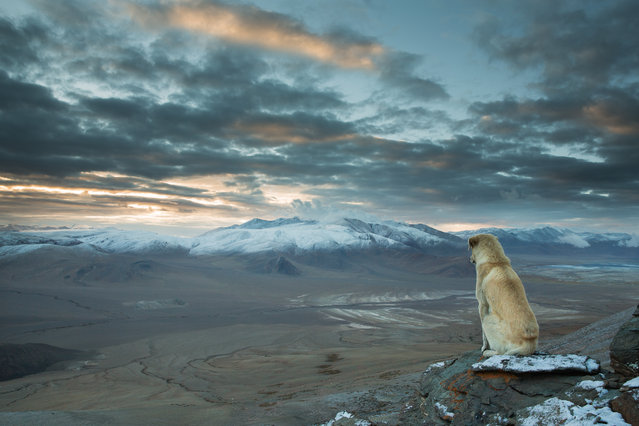
Rescuers work at the accident scene on a bridge on July 24, 2011 in Wenzhou, Zhejiang Province of China. The train from Hangzhou to the city of Wenzhou derailed on a bridge that is 10 m above the field in Shuangyu Town of Wenzhou city at 8:34 p.m on Saturday. The first four coaches and the 15th and 16th coaches of the train went off the line killed 32 and injured 191 people. (Photo by ChinaFotoPress/Getty Images)
25 Jul 2011 13:16:00,post received
0 comments







